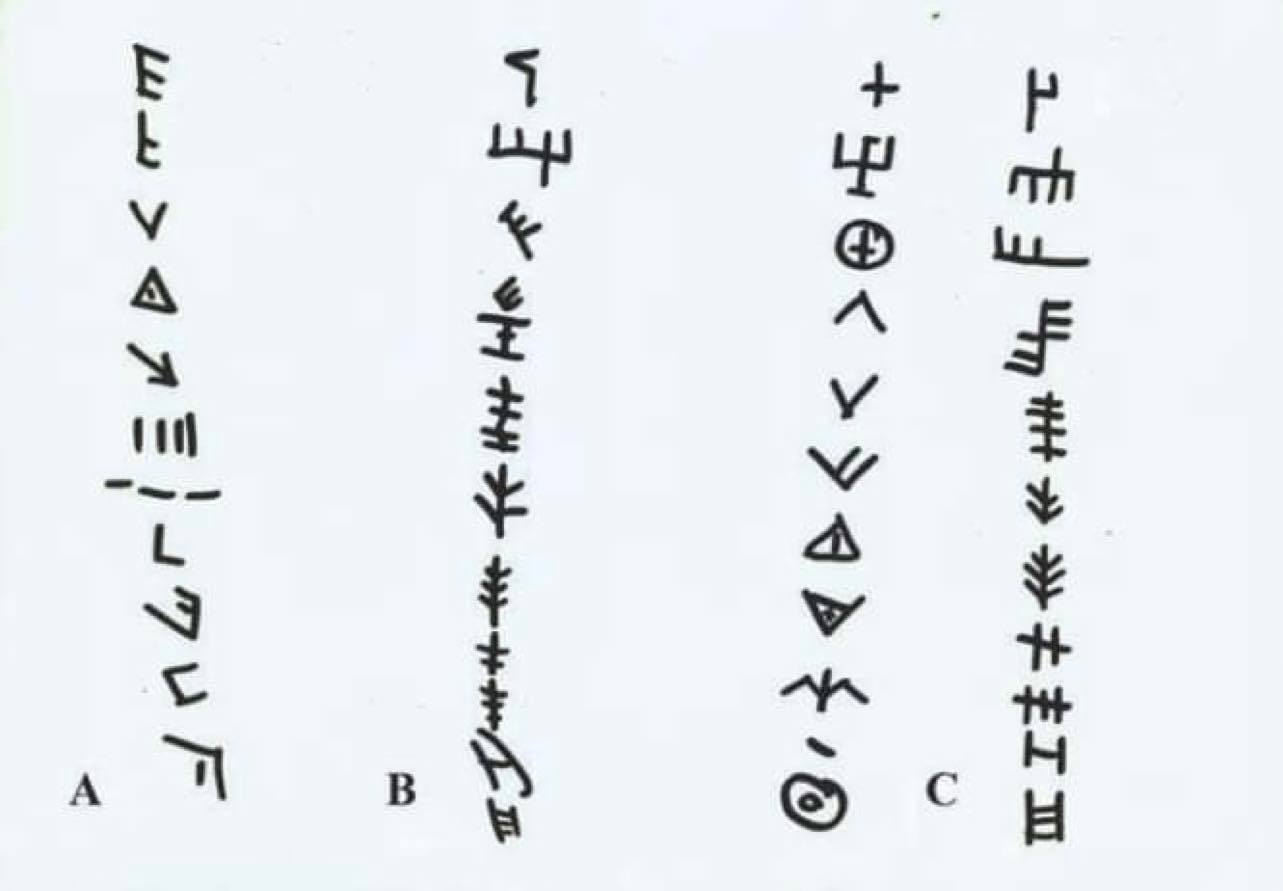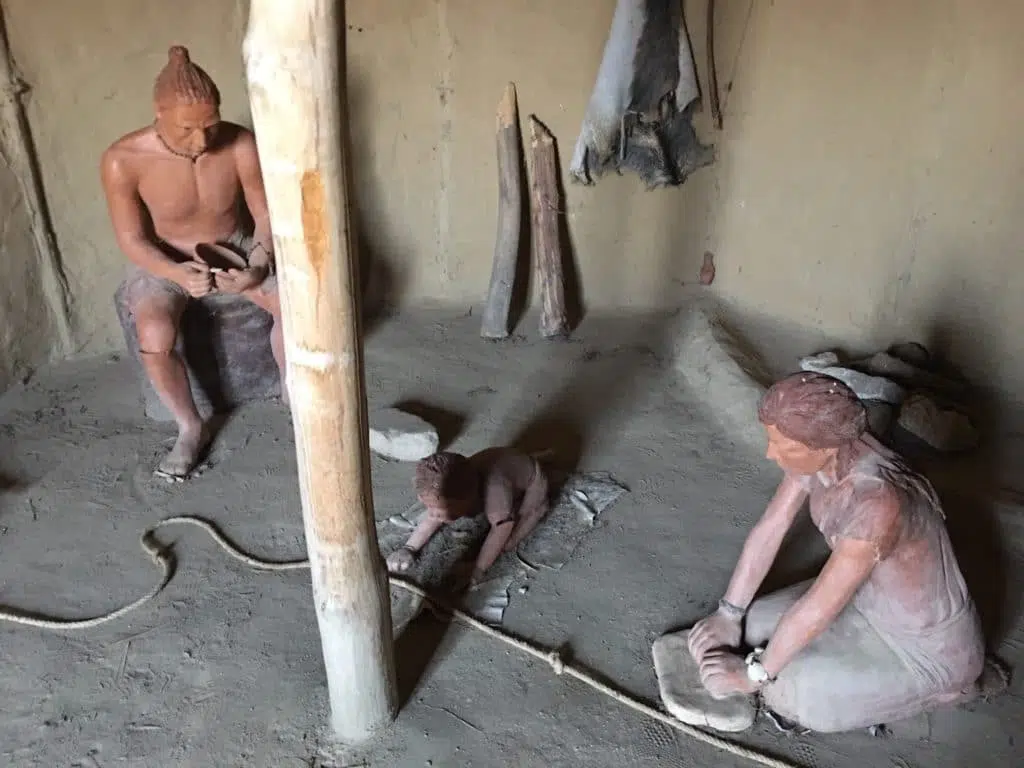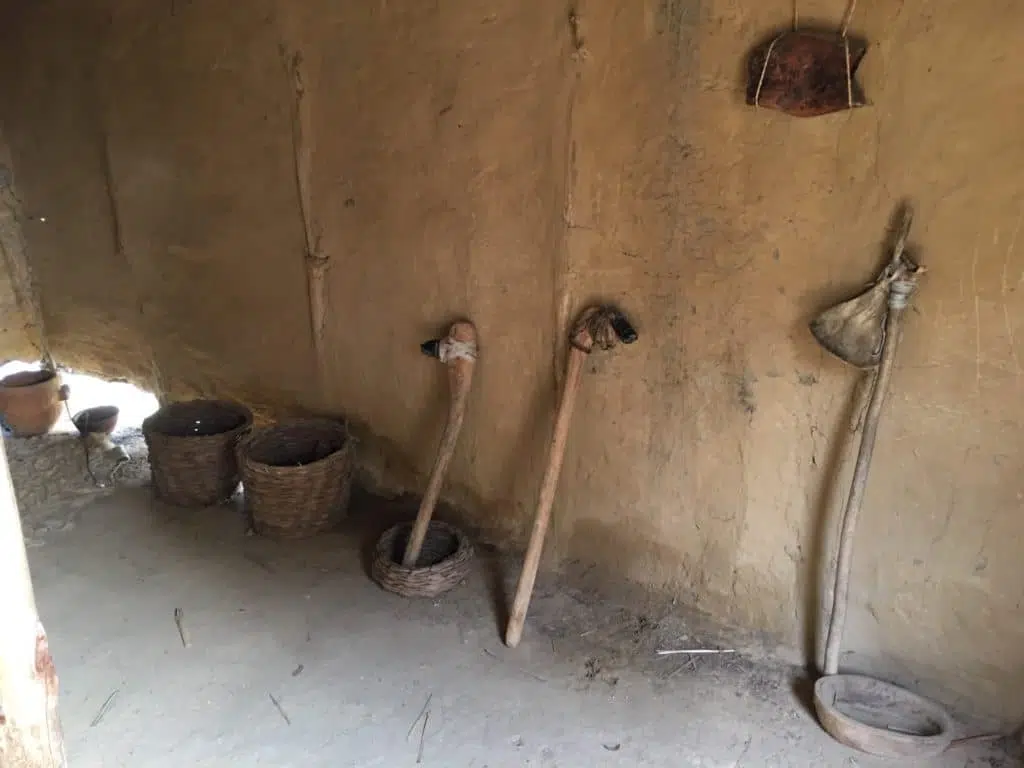Even though archaeology claims that writing was invented in Sumer between 3,000 and 4,000 BC, a tablet that contradicted this perception was found in 1993 in Dispilio in the northern Greek province of Kastoria.
The Dispilio Tablet is a wooden tablet bearing inscribed symbols dated between 7260 BC and 5250 BC. The tablet was discovered in the Dispilio Lake settlement by professor of prehistoric archaeology George Chourmouziadis.
The Dispilio tablet may possibly be an early form of the written word, as similar symbols engraved in clay have been found in the Vinca culture in southern Balkan settlements. The clear symbols on the wooden sign, which some believe they resemble those of the Ancient Greek alphabet in an early form, are without a doubt some kind of communication.
Furthermore, the engraved writing potentially pre-existed Linear B writing used by the Mycenaeans, as they describe activities of Neolithic man and his culture.

Dispilio tablet suggests an early form of communication
Professor Hourmouziadis suggested that such writings, yet to be deciphered, could turn out to be any of a variety of communication forms, including symbols representing counting goods. Unfortunately, we don’t have a Rosetta stone to decipher the pre-existed Linear B writing yet.
Similar engraved symbols to those of the wooden sign have been found on small ceramic signs that have also not yet been deciphered.
 Samples of the carved signs on the Dispilio tablet (a) compared to Linear A signs (b) and signs found on Paleo European clay tablets (c). Credit: Yorgos Facorellis / CC BY 3.0 / Wikimedia Commons
Samples of the carved signs on the Dispilio tablet (a) compared to Linear A signs (b) and signs found on Paleo European clay tablets (c). Credit: Yorgos Facorellis / CC BY 3.0 / Wikimedia Commons
The tablet was partially damaged when it was exposed to the oxygen-rich environment outside the mud and water in which it was immersed for a lengthy period of time.
Currently, it is under scientific conservation. As of 2021, the full academic study regarding the Dispilio Tablet awaits the completion of conservation work.
The lakeshore prehistoric settlement appears to have been occupied over a long period of time from the final stages of the Middle Neolithic era (5,600-5,000 BC) to the Final Neolithic era (3,000 BC).
Conventional history states that these kinds of Neolithic discoveries are merely evidence of proto-writing—communicating limited information rather than proof of an entire language. However, if additional artifacts comparable to the Dispilio tablet emerge, they could completely change the history of writing.
Dispilio: Greece’s lakeshore prehistoric settlement
The Dispilio Lakeshore Prehistoric Settlement is one of the most fascinating archaeological sites in northwestern Greece situated next to the city of Kastoria.
Near the modern village of Dispilio, a community close to Kastoria with which they share Lake Orestiada, lies the settlement that offers a great deal of information on prehistoric life in the area.
It is located in Nisi, on the southern shore of Lake Orestiada, where archaeologists have discovered thousands of artifacts from the Neolithic Era.
 Representation of family life as it was lived in the Neolithic era in Dispilio in southwestern Greece. Credit: Greek Reporter
Representation of family life as it was lived in the Neolithic era in Dispilio in southwestern Greece. Credit: Greek Reporter
The settlement was discovered during the dry winter of 1932, during which the level of the water was lower than usual. Remains of wooden stakes revealed traces of the settlement at the point that separated a small islet from the shore of the lake.
In 1935, archaeologist Antonios Keramopoulos conducted a preliminary survey of the site. However, excavation was not completed, as World War II was approaching.
A systematic excavation project began decades later in 1992 under Georgios Hourmouziadis, professor of prehistoric archaeology at the Aristotle University of Thessaloniki. Archaeologists then finally uncovered the remains of an extensive lake settlement from the Late Neolithic Era, which proved to be one of the most important and oldest of its kind in Europe.
Thousands of objects were found in those excavations, including tools made of stone, bone, and flint along with animal bones, a discovery which shows that the inhabitants engaged in agriculture, hunting, and fishing.
 Prehistoric settlement in Dispilio. Credit: Greek Reporter
Prehistoric settlement in Dispilio. Credit: Greek Reporter
Materials with which the huts were built, such as piles of wood in shapes that indicated construction work, large clay storage jars, and woven baskets, were found at the site.
Ceramics, wooden structural elements, seeds, bones, figurines, and personal ornaments were also found by archaeologists. In addition, several cooking utensils were found—many of them boat-shaped—along with bone and stone jewelry. The most important find of all, however, was a bone flute, which turned out to be one of the oldest musical instruments ever found in Europe.





